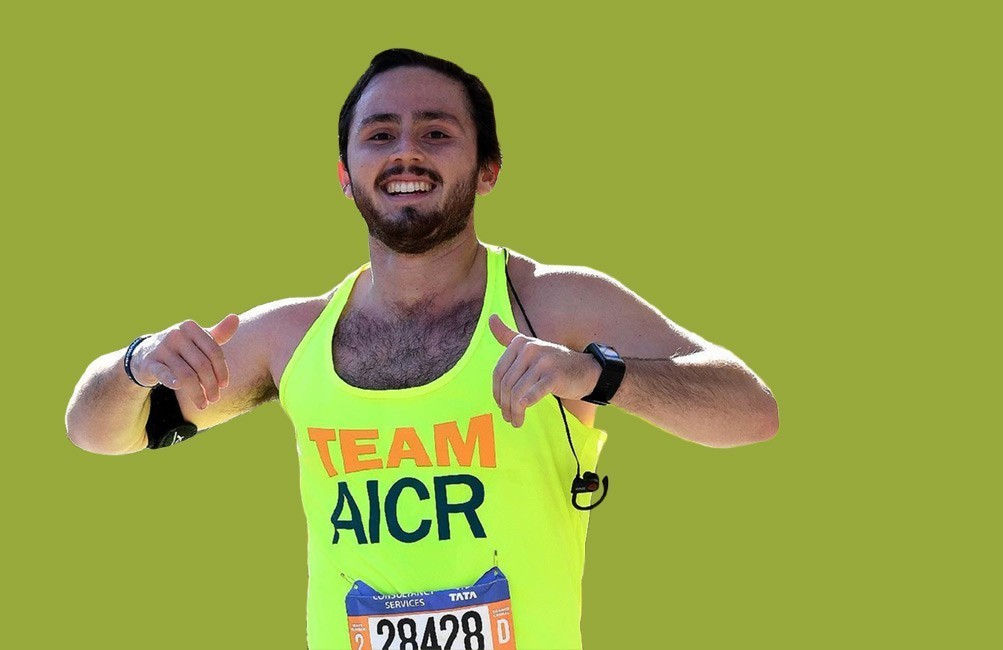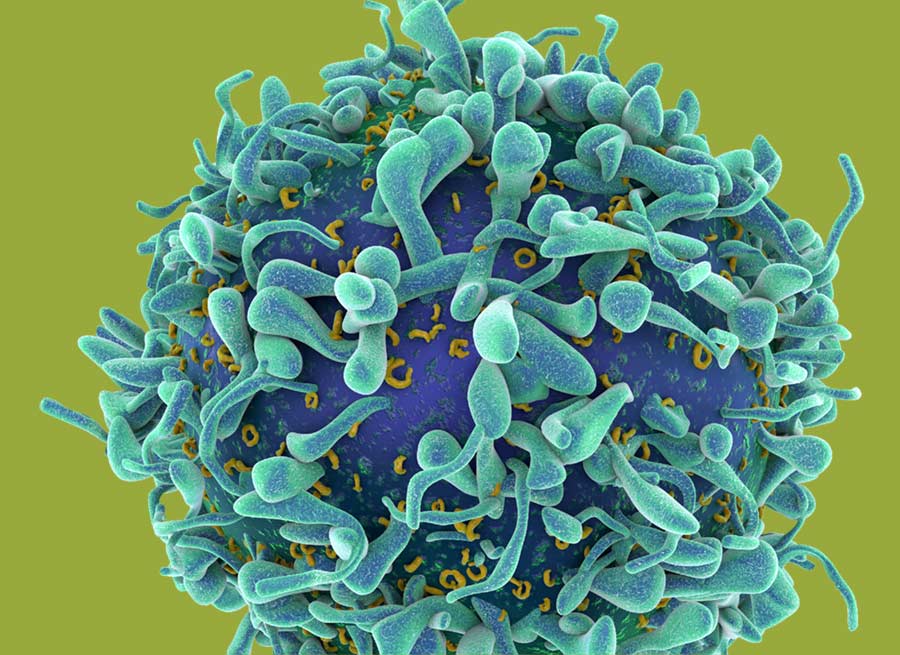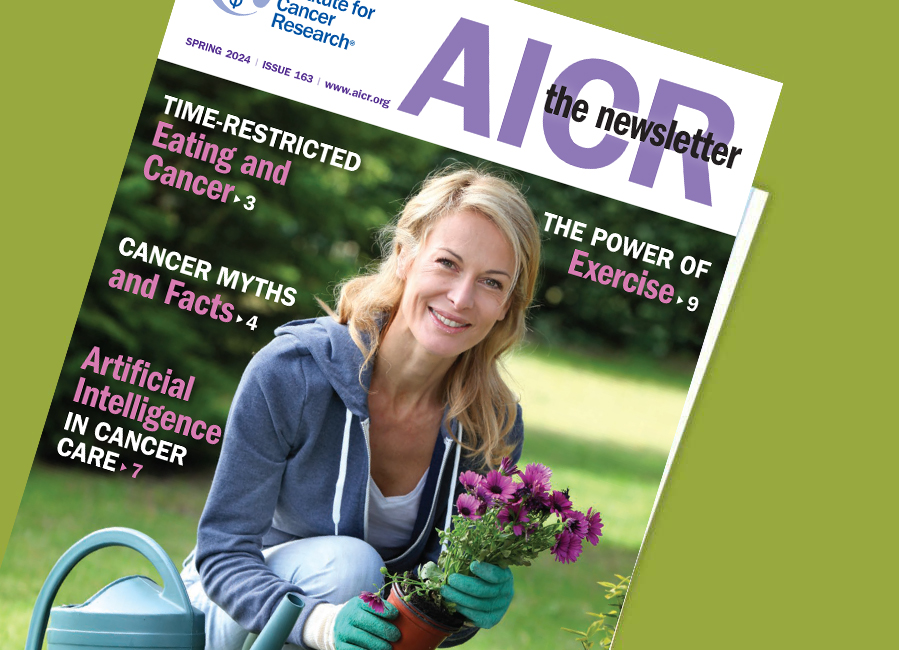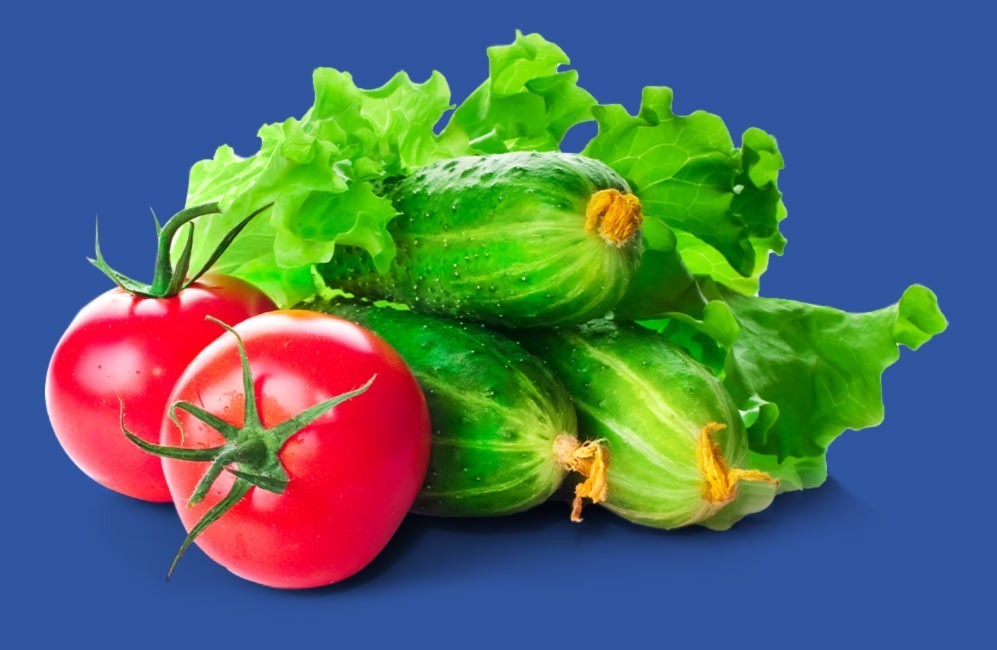We just released our Breast Cancer Report, updating the research and findings from 2010. The new 120-page report packs a lot of research, statistics and discussion of lifestyle factors relating to breast cancer risk.
What do all the stats and research mean for you? Here are three of the most important take-aways, the major findings and how you can put them into action.
Physical Activity –
The finding: Moderate and vigorous physical activity lowers risk for postmenopausal breast cancer. Vigorous physical activity lowers risk for pre-menopausal breast cancer
What that means for you: Aim to be active at least 30 minutes every day. If you’re not at that level now, find ways to add more minutes and/or make your activity a little more intense. For example, if you now walk 15 minutes daily, add a few minutes this week, a few more next week and on. Try to walk faster for 1-2 minutes a few times during the walk and if possible build that up each week.
Alcohol –
The finding: Drinking alcohol regularly, just a small glass of wine, beer or cocktail daily, increases risk for both pre- and postmenopausal breast cancer.
What that means for you: If you drink alcohol daily, try skipping your drink two or three days per week and have the standard size drink (5 ounces wine, 12 ounces beer, 1.5 ounces liquor) on the other days.
Body Fat –
The finding: Having excess body fat increases risk for postmenopausal breast cancer. Weight gain throughout life also ups risk for this cancer.
What this means for you: Focus on not gaining weight whether you’re now at a healthy weight or above a healthy weight. Even just not gaining weight reduces risk. If you have overweight or obesity and are ready to make some diet changes, sign up for our free online healthy weight program (the next challenge starts fall 2017). You can also work with a Registered Dietitian who can help you make practical and realistic diet changes.
These lifestyle changes can lower your risk for breast cancer, as well as for many other common cancers, like colorectal, endometrial, esophageal and liver. Keep in mind that while each change may seem small, together these lifestyle habits are powerful agents for reducing your risk for many cancers.






